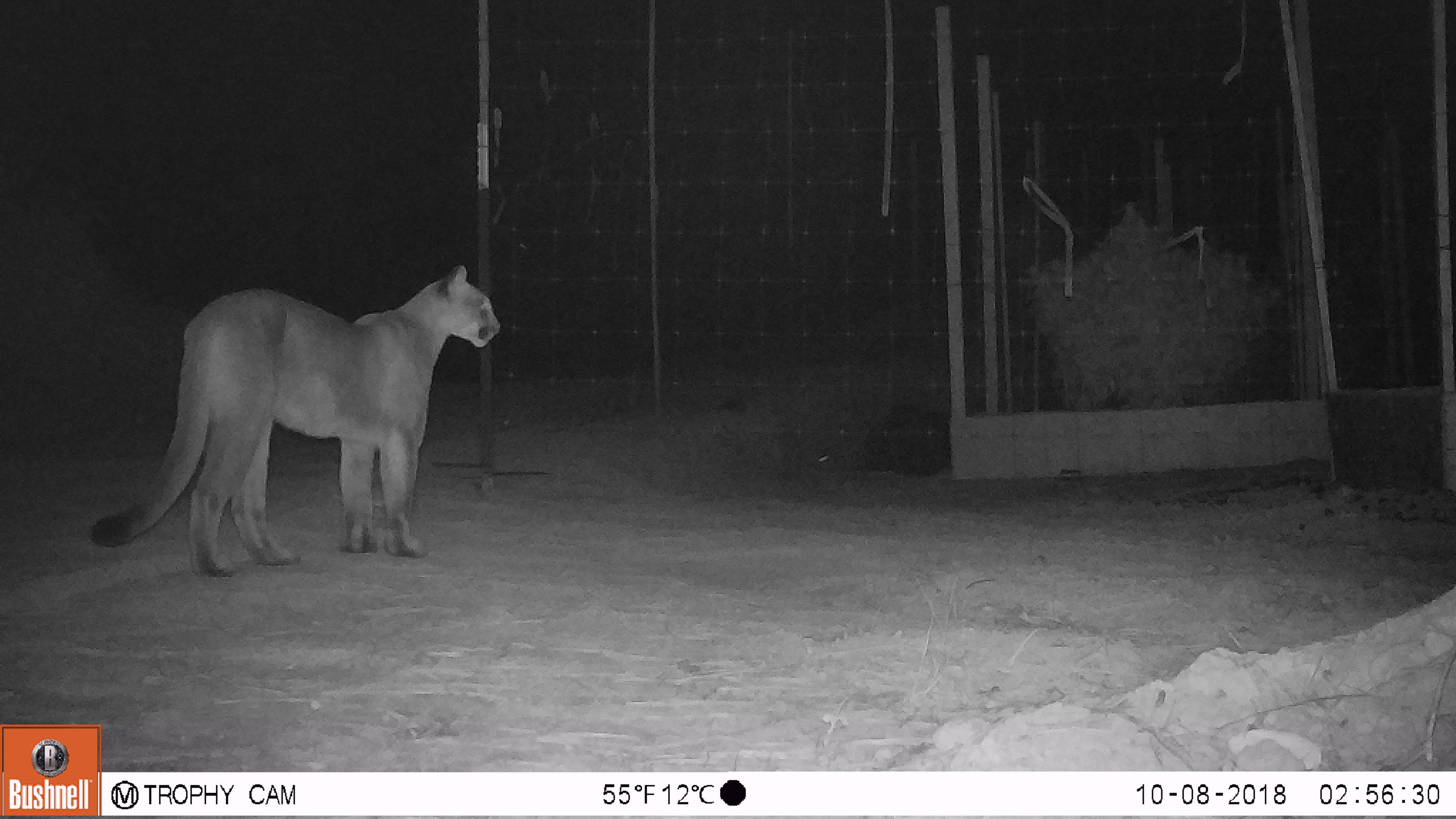Publication

Summary
Southern Oregon is a biodiverse region and a pioneer in outdoor cannabis production. From this region, our wildlife occupancy study promises to inform environmental policy in other regions where cannabis cultivation is expanding. Using motion-triggered cameras, we captured and analyzed the occurrence of wild and domestic animals surrounding eight cannabis farms within the Klamath-Siskiyou Ecoregion in southern Oregon. We assessed how cannabis production influenced the space use of black-tailed deer , lagomorphs, and gray fox. We found that wildlife communities on cannabis farms differed from surrounding uncultivated areas. Cannabis farms had higher levels of human activity, including a higher proportion of domestic dog and cat occupations, than comparison sites. Among wildlife detections, farms were generally occupied by smaller-bodied wildlife species. The presence of a cannabis farm helped explain detection probabilities of deer and gray fox, but did not affect lagomorphs. Overall, our results suggest species-specific responses to cannabis cultivation, suggesting potential impacts on surrounding ecological communities.
